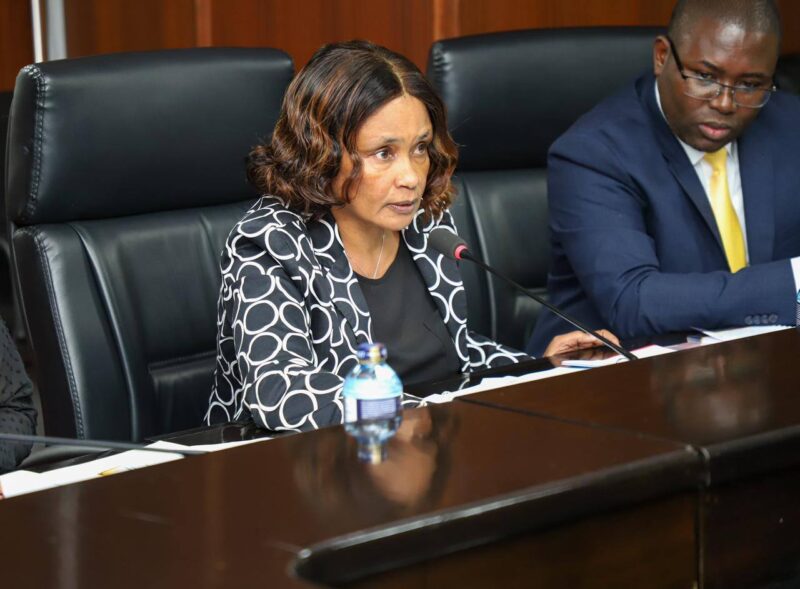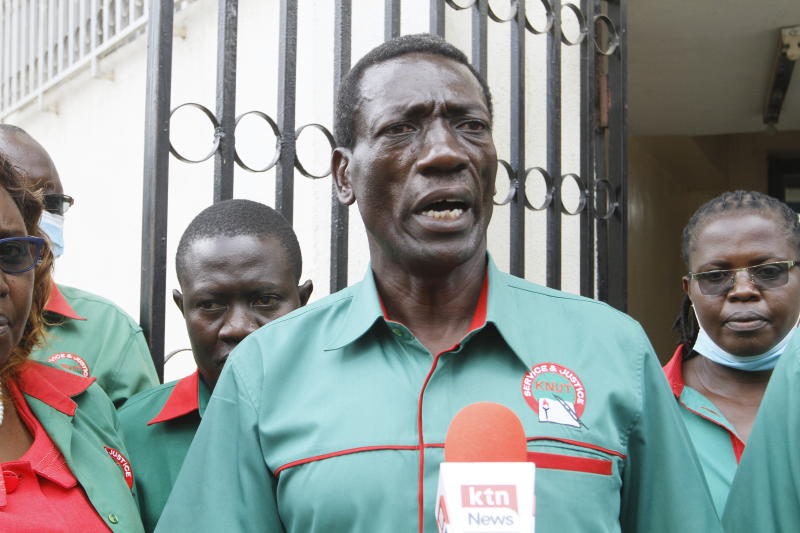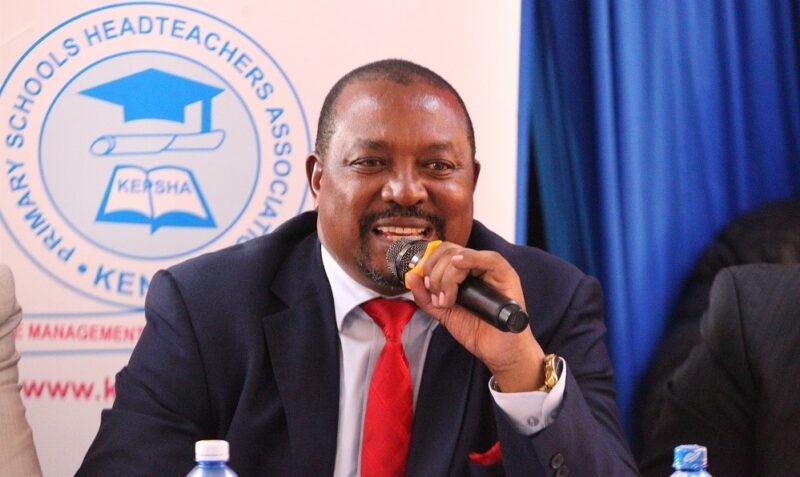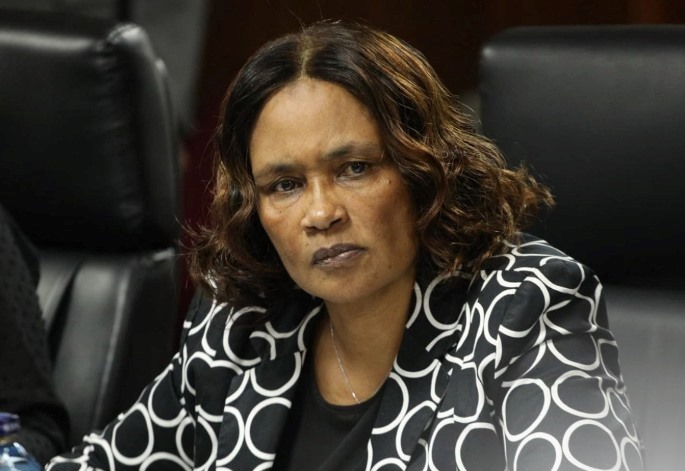The Higher Education Loans Board (HELB) is calling on all eligible undergraduate and TVET students—both first-time applicants and continuing learners—to take advantage of its ongoing loan and scholarship application window. The Board says the process is open through its online portal, and early applications will ensure students secure funding before the next academic cycle begins.
By August 6, 2025, a total of 554,620 students had already submitted their requests for financial assistance. Of these, 390,499 were undergraduate students and 164,121 were trainees in Technical and Vocational Education and Training (TVET) institutions.
In a public appeal, HELB stated: “Don’t miss out, apply now and secure your funding.”
While focusing on new applications, the Board is also addressing a major challenge—loan repayment. According to HELB Chief Executive Officer Geoffrey Monari, more than 250,000 Kenyans have defaulted on their loans, leaving Sh32 billion unpaid. This represents 32.5 per cent of the loan portfolio as of June 30, 2025.
“We are actively seeking solutions, from engaging employers and reaching out to past beneficiaries, to exploring innovative financing options like crowdfunding and social bonds,” Monari explained.
In the 2024/2025 financial year, HELB disbursed Sh53.4 billion, including Sh36.5 billion in loans and Sh16.9 billion in scholarships, benefiting 72,000 students by June 2025.
The agency is making repayment more accessible through multiple platforms, including its mobile app, self-service portal, employer remittance system, and a USSD service (*642#) that allows borrowers to check balances, make payments, and receive instant confirmations. Those who settle their debt in full are eligible for an 80 per cent penalty waiver.
Since its inception in 1974, HELB has disbursed Sh179 billion to over 1.7 million Kenyans through the University Students Loan Scheme and related programs. Monari acknowledged that while progress has been made, there remains a funding gap that the agency hopes to bridge through partnerships and government support.




